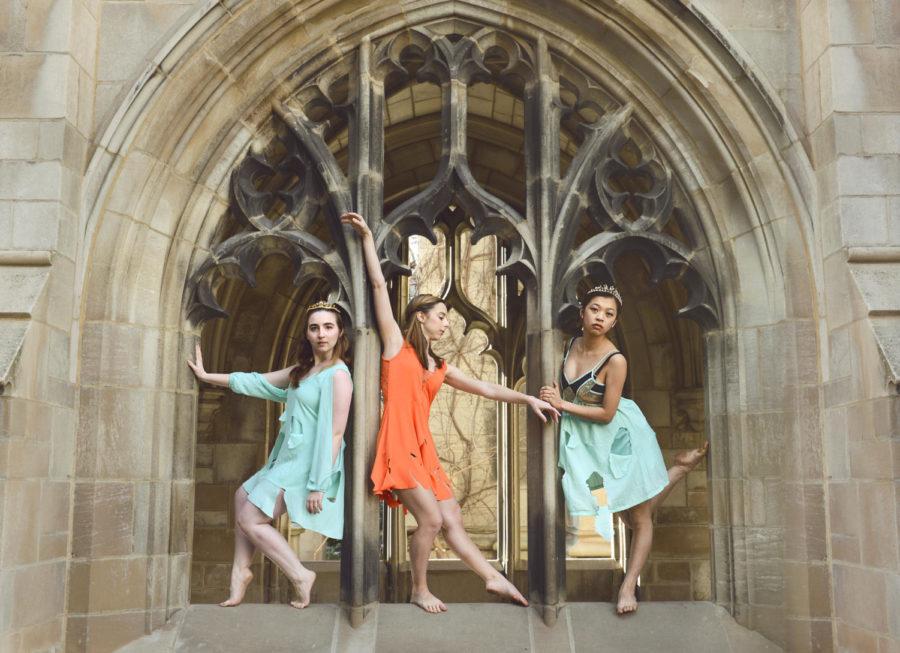We are all familiar with the ins and outs of fairy tales—Snow White and the Seven Dwarfs, Little Red Riding Hood, Sleeping Beauty, etc. These fairytales are all named for their princesses, specifically the heroines. They are the focus of these stories, and, in mainstream tellings of these stories, all receive happy endings. On the flip side, the villains of these stories are often ignored in favor of their more glamorous counterparts. This Friday and Saturday evening at 7:30 p.m., Rhythmic Bodies in Motion (RBIM) will be exploring the villainous side of fairytales.
Fairytale villains are often portrayed as pure evil, rewarded only with an unhappy ending. However, RBIM will explore not only the differences between good and evil characters, but also the complex emotions that exist outside of traditional fairy tales. For example, Yvette McGivern, a second-year in the College and RBIM’s assistant artistic director, choreographed a piece embodying the emotional torment of heartbreak. “The piece is mainly about the mental state that you’re in when your heart is broken. It’s all about reconciliation, or not, at the end of your heartbreak,” says McGivern.
Often, you wonder how it is possible to voice such emotional depth through a medium as silent as dance. “If you understand the emotion that you want to portray, and the emotion that you feel, that’s how you can best present that emotion to others,” McGivern said. One approach to choreography is finding that one song that perfectly embodies the feelings you want to communicate. Natalia Grudzień, a third-year in the College and co-chair of RBIM’s Performance Company, immerses herself in the song until she finds the perfect moves. “I listen to [it] a million times, until I get a good sense of the climaxes in the song, the quiet parts, and what general mood I feel in each part of the song…then I see what comes naturally to me.”
RBIM provides students who would not otherwise choreograph with a chance to showcase their work. The RBIM Performance Company in particular (a smaller sect of RBIM that consists of about fourteen people) provides this opportunity: “We always have offers coming in to perform at events, large and small, and we accept many of them…because we like to give our dancers a chance to choreograph and showcase their own ideas,” said Grudzień. “That’s what I think really makes RBIM’s Performance Company unique.”
RBIM’s singularity is perhaps matched only by its inclusivity: its no-cut auditions create a diversity of dance experience in the group. Patrick Chen, a second-year in the College and a previous participant in an RBIM swing piece, insists, “I had zero previous dance experience, except for some square dancing units that I did in P.E. in high school…RBIM looked like it could be kind of cool. I just wanted to learn something new.”
Diving headfirst into dance with no experience as Chen did can seem daunting, but RBIM dancers are adamant that dance should be open to everyone. McGivern said that she also discovered her love for dance through RBIM. “If you want to dance, you should be able to dance…regardless of whether you’ve ever danced before. Nobody should stop you from doing that.”









